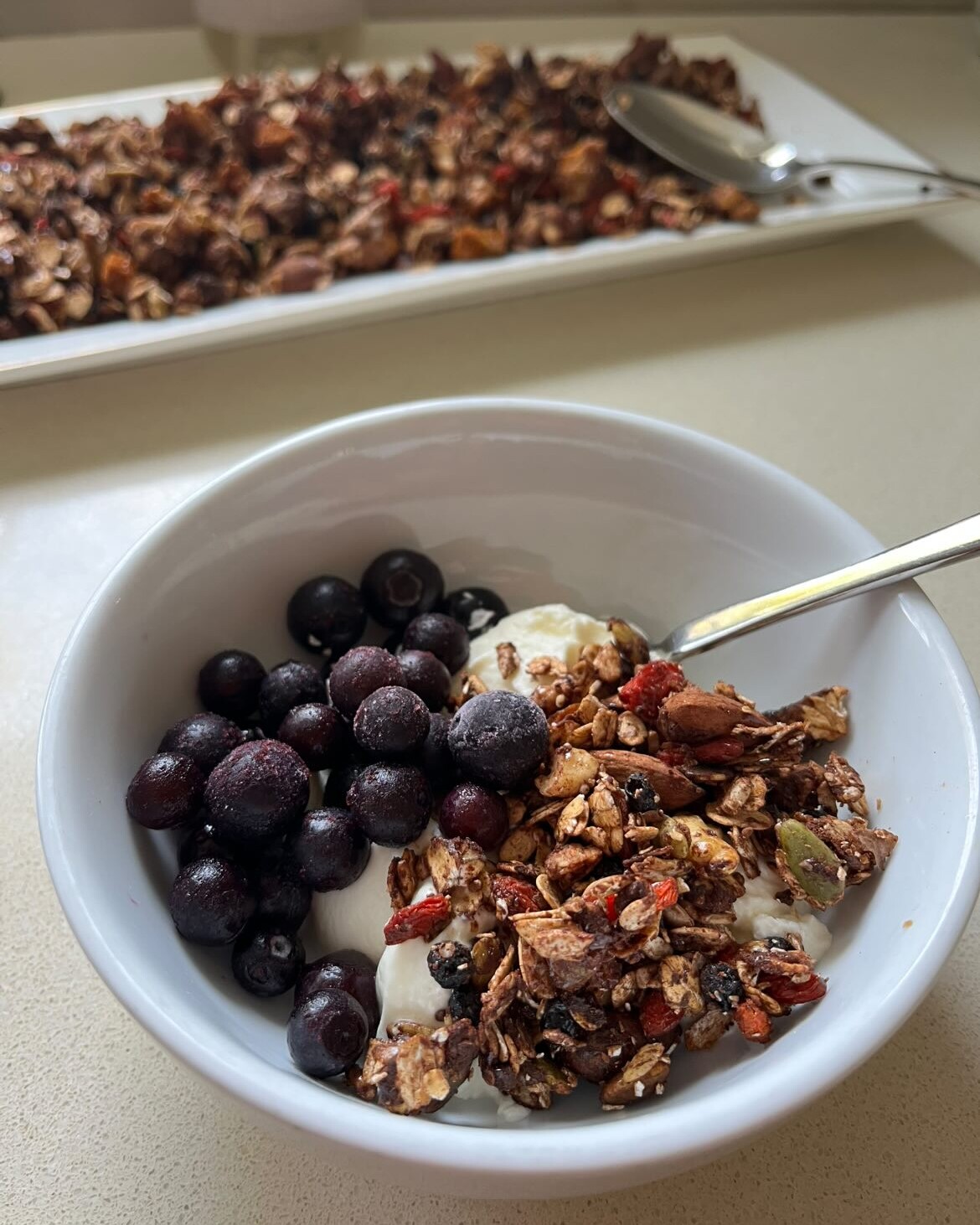With the influx of fitness and health information that is thrown our way, it is hard to differentiate fact from fiction – so we are here to shine the light on the health myths stopping you from achieving your goals!

1. “Lifting Weights Will Make a Women Bulky”
BUSTED!
Contrary to popular belief, not only will lifting weights NOT make you bulky, it will actually slim you down and aid in weight loss!
Lifting weights will lead to muscle growth, however, women do not possess the adequate natural levels of testosterone that men do – to result in bulky muscle. Resistance training will lead to an increased ‘Resting Metabolism’, and therefore your overall energy expenditure per day. This means you will be burning more energy during the times you aren’t even exercising! (Westcott, 2012).

2. “Cardio is the Best Way to Lose Weight”
BUSTED!
Traditional beliefs place cardio in the centre of any weight-loss program. As research has developed, this idea has become outdated – and now recognises that a combination of resistance training, as well as cardiovascular exercise, has substantial results for not just fat loss, but improvements in metabolism, reduced osteoporosis risk, reduced diabetes risk, and improved heart health (Winett and Carpinelli, 2001).
While exercise and physical activity are important aspects of maintaining a healthy weight, diet has been found to be the make or break! Therefore, what we consume every day, rather than how many hours we spend at the gym – is more important, and will lead to greater, longer-term health outcomes (Curioni and Lourenco, 2005). For any further information regarding your diet – please visit your local nutritionist or dietitian.

3. “You Can Target Fat Loss”
BUSTED!
A controversial one, but the science says ‘NO’! The idea that you can target your weight-loss from particular areas of the body (aka ‘Spot Reduction’) is sadly false – so stop focusing on sit-ups with the hope of reducing stomach fat, and start focusing on whole body, compound movements, working large groups of muscles against body weight or added resistance (Donnelly et al. 2004).
Incorporating HIIT (high-intensity interval training), and resistance training sessions (focused on compound movements such as squats, lunges, and push-ups) into your weekly gym routine, over time – will lead to a greater reduction of subcutaneous and abdominal fat loss (Boutcher, 2011).

4. “There is One Diet that Works for Everyone”
BUSTED!
Just as we are all unique on the outside, each of our bodies will react differently to how we move and what we eat on the inside. The same exercise regime and diet that leads to one person feeling and looking healthy and fit, may not lead to the next person feeling the same way. This is due to a complex array of biological and biomechanical features, each individualistic to us all.
The concept of ‘trial and error’ is key when figuring out the lifestyle that your body thrives off. Remember not to be disheartened if you do not see results immediately, experiment with a variety of exercise routines, and identify the foods that excite you to eat whilst also nourishing your cells. Figuring out what is best for you and what you enjoy, will allow you to ‘stay on track’ effortlessly with your health and fitness goals – and see long-term sustained results!

5. “Carbohydrates are Bad for You”
BUSTED!
Carbohydrates are our body’s number one source of energy, and when we deplete the carbohydrate stores in our bodies, we turn to fat stores to provide us with energy. While low-carb diets are incredibly popular when it comes to short-term, rapid weight-loss – the evidence is unclear as to how sustainable this approach is in the long-term.
As well, there is a growing body of evidence supporting the claim that diets including low-GI carbohydrates (such as whole-grains), lead to greater long-term, sustained weight-loss than ‘low-carb, high-fat/protein diets’, and they may reduce the risks of diabetes, and cardiovascular disease (Brand-Miller et al. 2008).
There you have it! Five common myths busted! So, before you go believing the next things you hear at the gym, or read in the gossip mags – remember to take a look at what the science says, and work out the approach that is best for you, your health, and your body!

References
- Boutcher, S. (2011). High-intensity intermittent exercise and fat loss. Journal of Obesity.
- Brand-Miller, J., McMillan-Price, J., Steinback, K. and Caterson, I. (2008). Carbohydrates – the good, the bad and the whole-grain. Asia Pacific Journal of Clinical Nutrition.
- Donnelly, J., Smith, B., Jacobsen, D., Kirk, E., DuBose, K., Hyder, M., Bailey, B. and Washburn, R. (2004). The role of exercise for weight loss and maintenance. Best Practice and Research Clinic Gastroenterology, 18(6).
- Curioni, C. and Lourenco, P. (2005). Long-term weight-loss after diet and exercise: a systematic review. International Journal of Obesity, 29.
- Westcott, W. (2012). Resistance training is medicine: effects of strength training on health. Current Sports Medicine Reports, 11(4).
- Winett, R and Carpinelli, R. (2001). Potential health-related benefits of resistance training. Preventative Medicine, 33(5).
About The Author: Stephanie Harris
Steph has fed her passion for fitness, food, and photography for the past 5 years in the health industry. She is a qualified personal trainer and a Health Sciences graduate – in her spare time you can find her working out, developing new recipes or writing for her blog, Feeding Energy!
@feedingenergy










